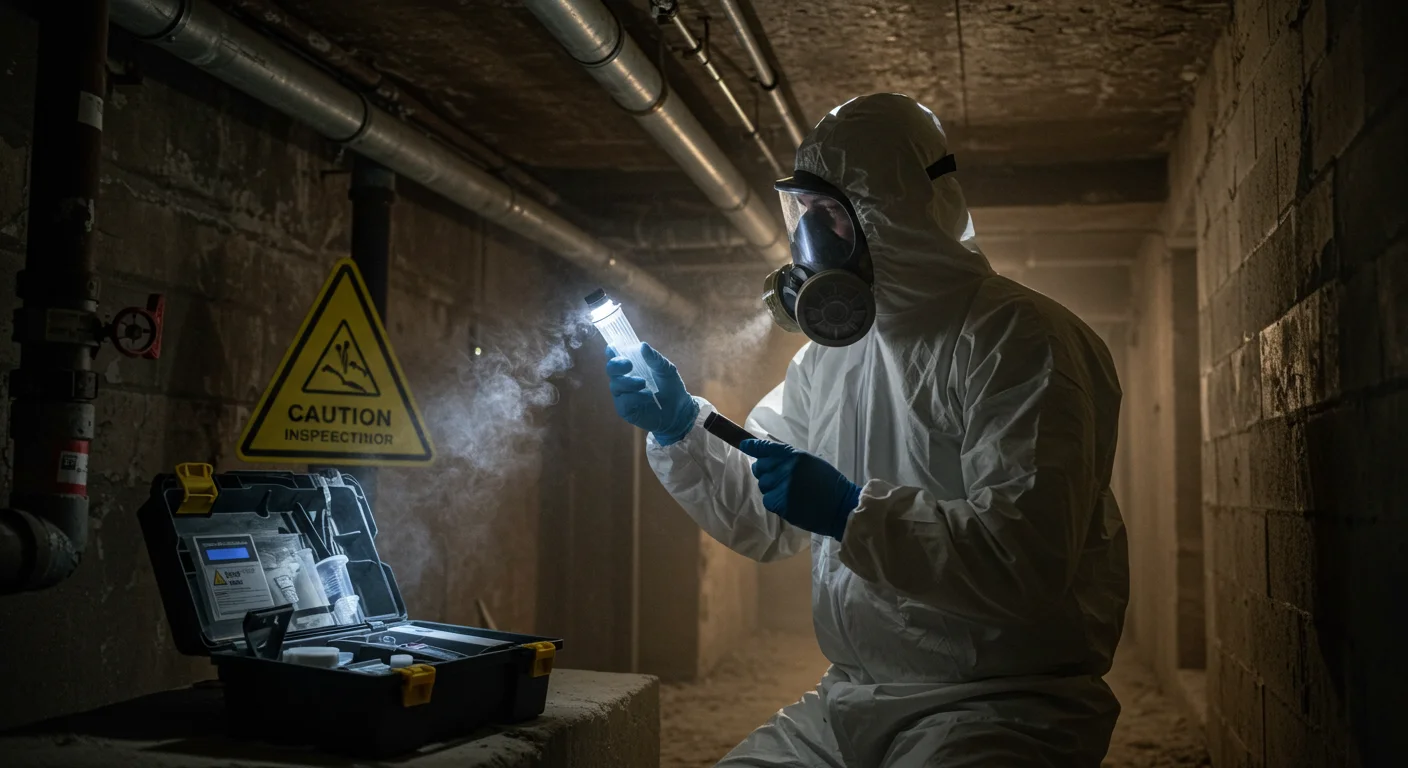Asbestlint: a term that evokes concern and curiosity. Asbestos has long been associated with construction materials, insulation, and even some products used in our homes. But what exactly is it? This naturally occurring mineral was once hailed for its durability and heat resistance. However, the dark side of this seemingly useful material lies in its potential health risks. Understanding asbestos and how to identify it can empower you to protect yourself and those around you from dangerous exposure.
In this blog post, we will navigate through the world of asbestlint—exploring its health implications, how to spot it in your environment, safe management practices, legal considerations for exposure cases, alternatives available today, and why proper handling is essential. If you’re looking for clarity on asbestlint or want to ensure your safety regarding asbestos risks, you’ve come to the right place!
Health Risks of Asbestos Exposure
Asbestos is a known carcinogen that poses significant health risks. Inhalation of its fibers can lead to serious diseases over time, including lung cancer and mesothelioma. These conditions often manifest years after exposure, making early detection challenging.
Individuals exposed to asbestos may also experience asbestosis, a chronic respiratory condition causing severe lung damage. Symptoms like shortness of breath and persistent cough can severely impact quality of life.
Even brief encounters with asbestos can have lasting effects. Home renovations or workplace disturbances might release harmful fibers into the air, increasing risk for unsuspecting occupants or workers.
Vulnerable populations, such as construction workers or those living in older buildings, are at higher risk. Awareness and understanding of these dangers play crucial roles in protecting oneself from potential harm associated with this hazardous material.
Identifying Asbestos in Your Home or Workplace
Identifying asbestos in your home or workplace requires vigilance. Many older buildings contain materials that may harbor this hazardous substance.
Start by checking the age of your property. If it was built before the 1980s, there’s a higher chance of asbestos being present. Look for common sources like insulation, floor tiles, and ceiling textures.
Visual inspection is crucial. Asbestos often appears as grayish-white fibers or in materials resembling concrete or plaster. Keep an eye out for crumbling areas; damage can release harmful fibers into the air.
Always approach potential asbestos with caution. Avoid disturbing any material that might contain it unless you are trained to handle such risks safely.
If you suspect its presence, consider hiring a certified professional to conduct an assessment and take samples for testing. Their expertise will help ensure accurate identification without endangering anyone’s health.
Managing and Removing Asbestos Safely
Managing and removing asbestos requires careful planning. Safety should always be the top priority.
If you suspect asbestos is present, don’t disturb it. Disturbing materials can release harmful fibers into the air. Instead, consider sealing off affected areas to minimize exposure.
Engaging a licensed professional is crucial for removal. They possess specialized training and equipment necessary to handle asbestos safely. Ensure they follow local regulations during the process.
Before any work begins, notify everyone in the building about potential hazards. Clear out non-essential personnel from affected zones to reduce risk further.
After removal, make sure that thorough testing is done by a certified lab. This confirms that no remnants remain in your environment.
Proper disposal of asbestos waste also plays an important role in safety management. Always use designated facilities for hazardous materials to prevent contamination elsewhere.
Legal Implications and Compensation for Asbestos Exposure
Navigating the legal landscape surrounding asbestos exposure can be complex. Victims often find themselves grappling with health issues while considering their rights and options.
Many countries have stringent laws protecting individuals impacted by asbestos-related diseases. These regulations allow for filing lawsuits against companies that failed to ensure safe environments, especially in workplaces.
Compensation claims can cover medical expenses, lost wages, and pain and suffering. However, gathering evidence is crucial for a successful claim. Documentation of exposure history plays a vital role in establishing liability.
Moreover, statutes of limitations vary by jurisdiction. It’s essential to act promptly if you suspect you’ve been exposed to asbestos or are experiencing symptoms related to it.
Seeking advice from experienced attorneys specializing in asbestos litigation can provide clarity on potential compensation paths available based on individual circumstances.
Alternatives to Asbestos Products
The push for safer construction materials has led to innovative alternatives to asbestos products. One popular option is cellulose insulation, made from recycled paper. It’s eco-friendly and provides excellent thermal performance without health risks.
Another alternative is fiberglass. This material offers durability and fire resistance while being free of toxic fibers commonly associated with asbestos. It can be used in various applications, including roofing and flooring.
Mineral wool or rock wool also stands out as a commendable substitute. Known for its soundproofing qualities and resistance to fire, it’s suitable for both residential and commercial settings.
Additionally, there are natural materials like cork and hemp that have gained traction due to their sustainability characteristics. These options provide similar benefits without compromising safety or environmental integrity.
Choosing the right alternative not only enhances building safety but also contributes positively to overall health standards in living spaces.
Importance of Proper Management of Asbestos Exposure Risks
Proper management of asbestos exposure risks is crucial for safeguarding health. Asbestos fibers can remain airborne and pose serious dangers when disturbed. Being aware of this makes all the difference.
Regular inspections in homes or workplaces are essential. Professionals should assess potential asbestos-containing materials, ensuring they are intact and undisturbed. This proactive approach helps prevent accidental exposure.
Training employees about the hazards associated with asbestos is also vital. Knowledge empowers individuals to act safely around these materials, reducing the likelihood of inhalation or skin contact.
Having a clear plan for emergency situations adds another layer of protection. Knowing how to respond if asbestos is revealed ensures that everyone remains safe during unexpected encounters.
Following regulations set by health authorities cannot be overlooked. Compliance not only protects lives but also minimizes legal repercussions related to negligence in managing exposure risks effectively.
Conclusion
Asbestlint presents serious health risks that cannot be ignored. Understanding how to identify and manage exposure is essential for protecting yourself and those around you. Recognizing asbestos in buildings can save lives, as it often lurks in places we least expect.
Proper management of asbestos includes safe removal and ensuring that professionals handle it. It’s crucial to comply with legal requirements concerning asbestos, especially if you suspect there may be contamination on your property. Seeking compensation for past exposure can also provide financial relief.
With numerous alternatives available today, transitioning away from products containing asbestos is not only possible but beneficial for everyone’s health. Prioritizing efforts to engage with these alternatives reinforces a commitment to safety.
Vigilance about managing exposure risks helps ensure a healthier future for all communities affected by this hazardous material. Your awareness and actions play a vital role in minimizing the dangers associated with asbestlint while promoting safer living environments moving forward.

